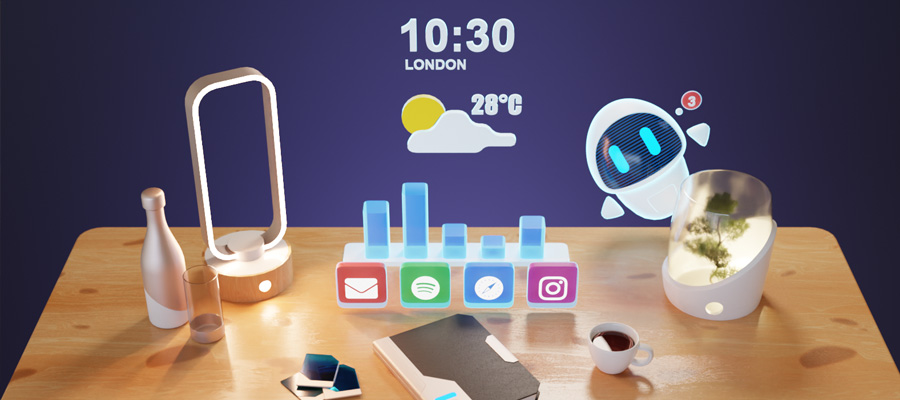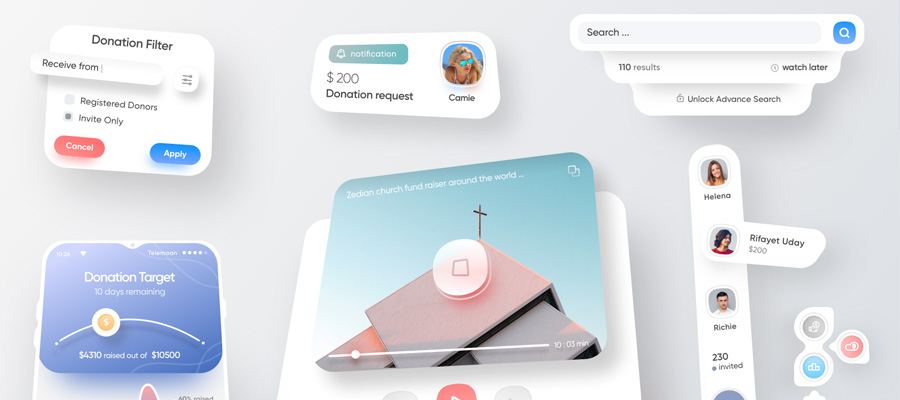A UX-designer is a specialist who primarily thinks about the functionality and convenience of the product in question. They study users, their characters, and their preferences to systematize all the necessary information and take it into account with their design. Without an analysis of the target audience, developers, and designers alike risk creating a useless product that no one needs. A tool that helps illustrate the needs and wishes of the client is called a persona. In this post, we will talk about what this is exactly and how to create it.
A Bit of History
“Any system designed for the average person is doomed to failure.” Gilbert S. Daniels, The Average Man
Gilbert S.Daniels was a scientist hired during the Second World War. At the beginning of the war, everyone was anxious to develop new machines that would aid enlisted soldiers and be convenient to use. To achieve this, they had to measure 100 different parameters like height, weight, thumb length, etc. to come up with a solution based on the average norm. Can you imagine what the result was? Of course, the difficulty lies in the fact that there is no way to design a one-size-fits-all machine: everyone is built differently and uses products in different ways.
But ultimately, a product is more than an interface and design. A product is a tool used to achieve a specific goal.

Take a walk by Fauzy Lukman
Your goal as a UX/UI designer is to invent and describe the most effective tool to achieve the goal of your user while taking into account the context. This is where effective, convenient, and beautiful products and interfaces come from.
Now let’s see how you can better understand your user.
How to Analyze the Target Audience
Analysis of the target audience is important for any professional UX design agency - we sell the product to whom we created it for. For example, if our application does not reach the intended user, then they will not use it. No matter how good and useful it is.
We, therefore, divide the total mass of users into segments. Segments have criteria by which we separate them from each other:
- The degree of “expertise” in the subject area;
- Experience with various interfaces: apps for millennials and one for their grandparents should be very different;
- Context of use - some use the application on the go, while others do so lying at home on the couch;
- The main task: why users need to use the application;
- Desires, aspirations, preferences of the users.
When we describe the target audience, we need to understand that not all characteristics are important. For example, socio-geographic characteristics do not tell us anything. Behind the floor and numbers hides really important information about the interests, profession, and skills of a person.
Bad Example of the Description of the Target Audience
People are different, but they share a common denominator. Maybe they read rare books on aerodynamics, for example. Men and women, residents of the USA and Mexico, married and single, can equally get wholly immersed in such books. Therefore, age, sex, and other characteristics are unnecessary to mention. Instead, look for the characteristics that unite your target audience and help you understand what they want. Maybe they have specialized in aerodynamics in college or have gone through military service. These factors are much more important to understand why your audience is attracted to such books than other factors like age.
Persona Method
It is important not to consider the target audience as a faceless mass of people. It is necessary to create characters that typically represent the groups into which your target audience is divided.
Alan Cooper developed the Persona method. In his interpretation, there can be no more than four of them (four is the optimal number).
Advantages of the persona method:
- It helps focus on a specific user.
- It helps take into account the nuances and personify the interaction.
- Simulation of user interaction with a particular product.
- A persona encourages empathy - you need to understand not only who the users are, but also put yourself in their place and analyze which product you like or don’t.
A persona is a typical representative of a given segment, so at least one person must correspond to each segment.
The same persona can belong to several segments. Suppose a breeder segment and a mobile device user segment can be combined in one persona. Most importantly, all segments must be covered by personas.
Persona Composition
- Drive (motive, motivation, impulse) - what does the character want?
- The source of the drive - why does the character want this?
- Context of use - how does the character plan to fulfill his wishes (or did he before?)
- Character context - helps to build the meat of a living person on this skeleton to represent someone real.
For each person fill in eight points:
- Name
- Photo
- General background
- Use context
- Purpose of use
- What is Important to them
- Utility
- Fears
To describe the emotional side of a person, use an auxiliary questionnaire. An auxiliary questionnaire will help to introduce a particular person as a real person.
Conclusion
Average users don’t exist. Therefore, you need a tool that will help you to get to know them better and develop more individualized products. The method of designing personas is an effective tool that brings UX/UI designers closer to their target audience and helps develop a better understanding of their tastes, hopes, and needs.




















